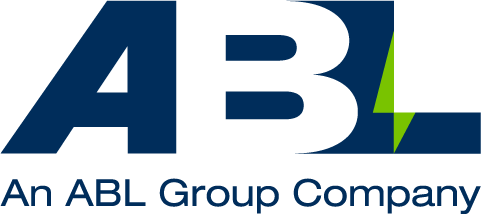Sea Trials
LOC was approached last year by a client with two 26m aluminium wind farm support vessels on order at a Far East shipyard which. The support vessel, which had diesel engine propulsion with twin-screw controllable pitch propellers and twin rudders, was displaying apparent course stability problems. They were fitted with transom interceptors for trim optimisation. The client was disputing the technical acceptability of the manoeuvrability characteristics with the builder. They needed marine engineering technical support to make their case.
LOC’s Marine Engineering Experts
LOC identified a team from our London staff of naval architects, marine engineers and master mariners with ship design and operation experience. Wind farm support craft is familiar to us through our marine warranty survey work in the renewables sector. However, within the Group, we also have a hydrodynamicist with test tank experience. We also had small craft design expertise within the Longitude Southampton office on whom we could call for specialist input as required.
Before we engaged with the client, we identified our experience in model testing and trials. We were aware of catamarans being too directionally stable, resulting in course keeping issues when subject to environmental forces. This would include their susceptibility to broaching in following seas. We were aware also of other catamarans with poor course keeping stability, particularly where their hull forms were configured for water jet propulsion.
For this case, we learned that the first craft had been trialled in the Far East in calm water conditions without concern. The second craft, however, had been trialled in rougher sea conditions where the course instability had been identified. Concern was expressed with the interceptor settings. The yard had also endeavoured to improve the course keeping ability by addressing the autopilot system, the size of the steering pumps and the rudder alignment (toed-in/out).
Putting the Vessel Through Trial
Meanwhile, the first craft had been delivered to Europe, and a further trial was requested. We proposed a sequence of tests to identify and quantify the course stability issues addressing the influences of loading, trim and interceptor settings. We also sought to agree on an acceptable tolerance in the course, keeping results for a given sea state commensurate with typical working conditions. It was suggested that these be attended by an experienced LOC master mariner with small vessel experience. LOC’s Stuart Wainwright had experience from his former employment with a UK high-speed ferry company and also while standing by crew transfer vessels. He was familiar with the handling of fast aluminium catamarans. However, the client preferred that the conduct of the trials be left with the shipyard and that Stuart be a neutral observer. The client’s main aim was to demonstrate to the shipyard the unacceptability of the current craft to initiate a mutually agreed technical settlement.
We subsequently learned that the yard had taken the craft out on investigative trials. We were able to obtain AIS (automatic identification system) data for the craft’s excursion. The data showed us that the trials had demonstrated poor manoeuvring performance. We were also able to obtain weather data prevalent at the time. We observed that they did not manage many runs at service speed, and where they did achieve that speed, the course appeared unsteady. The AIS data, of course, only showed the craft’s heading. We did not know what helm angles were being applied, whether they were seeking to steer a steady course or whether they were seeking to assess the craft’s motility.
A Successful Assessment
Our assessment of the trial must have been appreciated by the yard also, as the craft was subsequently docked locally for remedial work. Further tests were planned, to which we were invited. It transpired that skegs had been fitted to the outside of the hull just forward of the transom and that the surface area of the rudders had been increased by additions on both leading and trailing edges. Technical modifications were made to the main engines to enhance power output, and it was agreed that, as a consequence of the increase in rudder size, larger steering pumps would be fitted. The craft undertook a sequence of approved trials run by the yard and observed by the client’s representatives and by Stuart Wainwright. The results of the tests were considered successful, and the enhanced manoeuvrability of the craft deemed acceptable.
LOC was able to plot the AIS data and identify the craft’s course keeping characteristics. The craft under investigation was 26m twin-screw wind farm support vessels.
Looking for marine engineering technical support? Get in contact with us today.
[ninja_form id=6]
